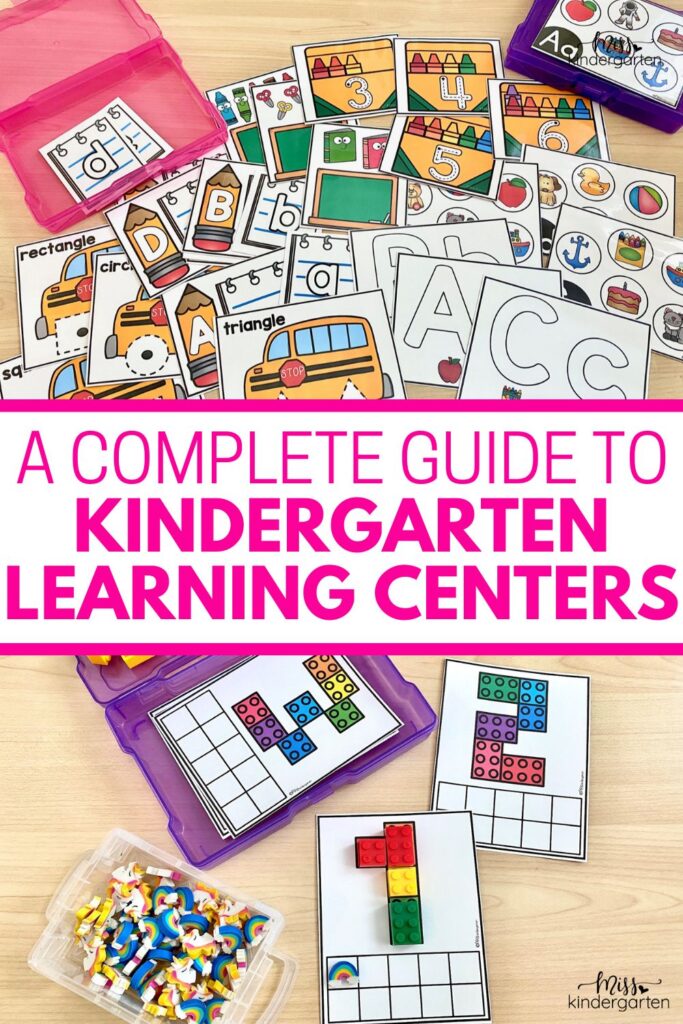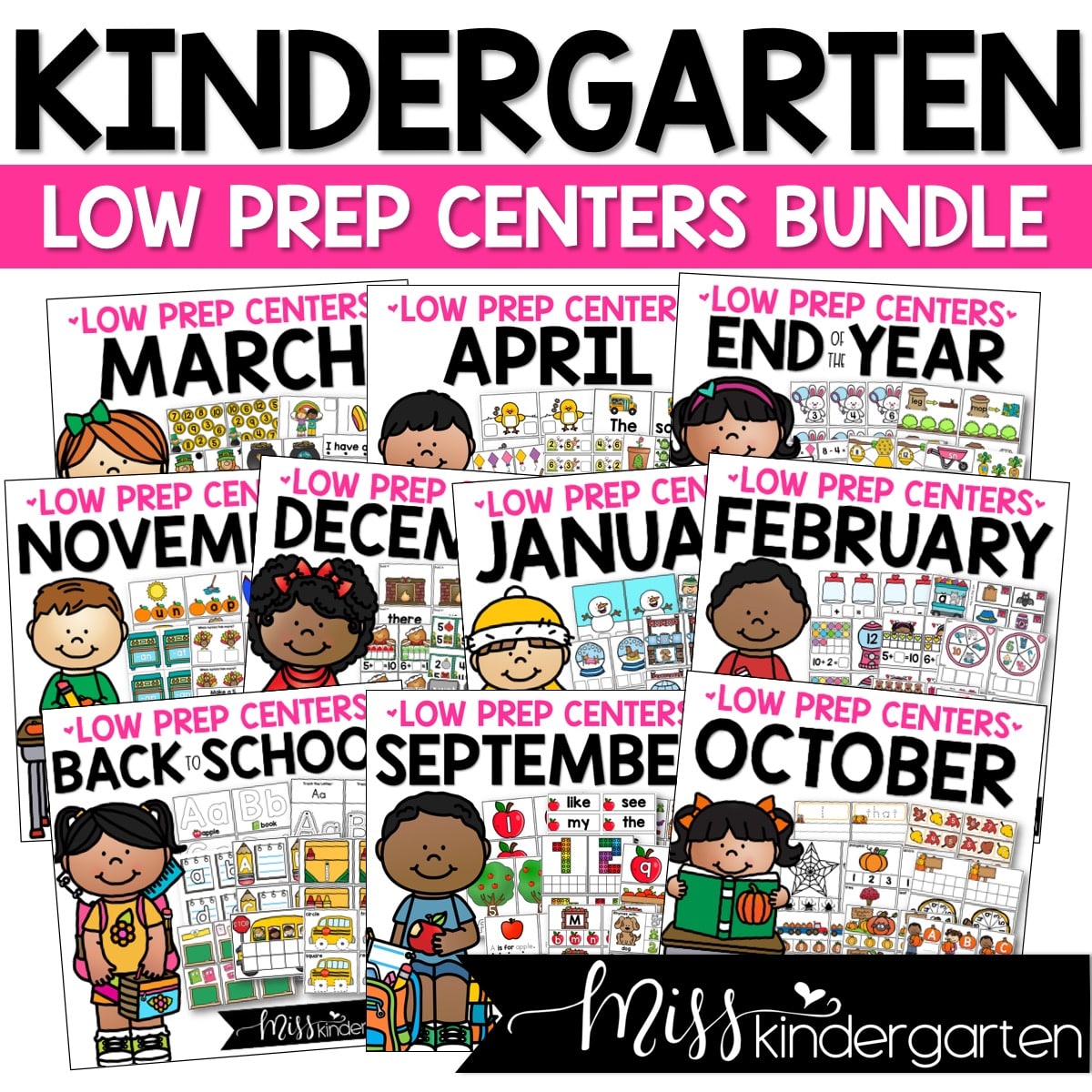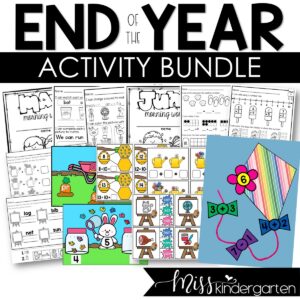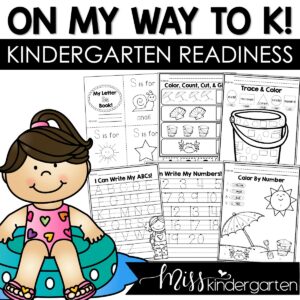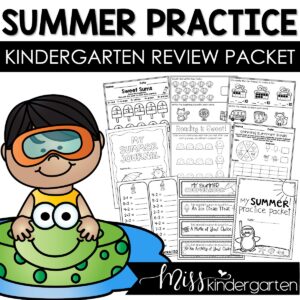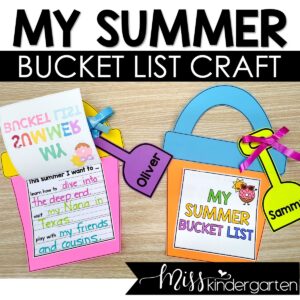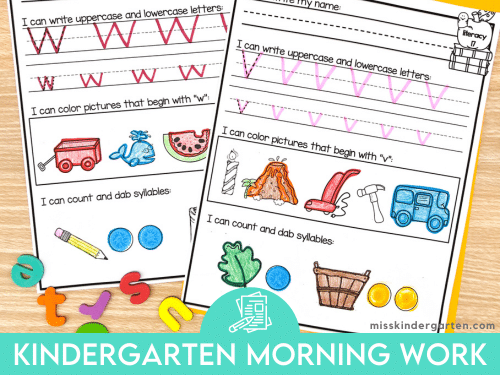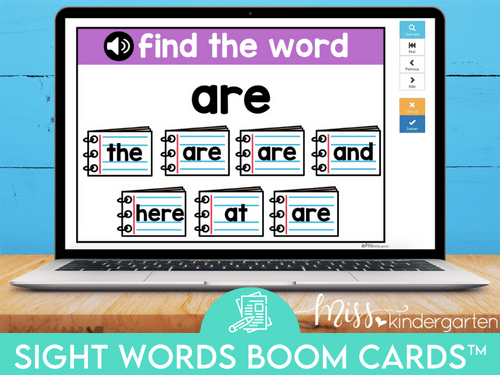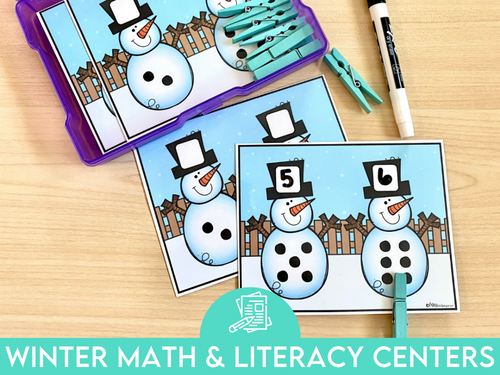Kindergarten Learning Centers: A Complete Guide
Kindergarten learning centers have always been one of my favorite parts of a daily learning routine. Hands-on learning is so important for five and six-year-olds! Sometimes I think we are so inundated with what we need to teach our students that we forget how they need to learn! The benefits of using learning centers are not just for the students, but you the teacher, as well. Once you get the hang of incorporating centers into your routine, you will see how they can help your classroom run more smoothly!
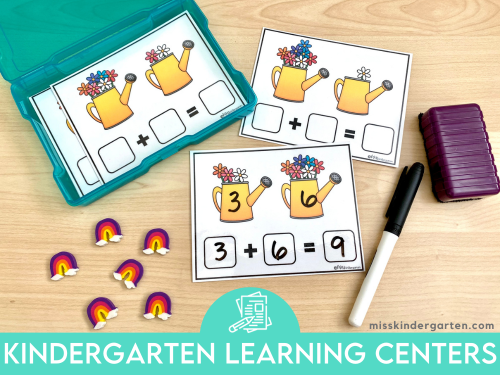
Why are Kindergarten Learning Centers Important?
There are so many reasons why centers can be such an important part of your daily routine. Here are just a few of my favorites:
Quick Wins
Learning centers give kindergarteners a sense of satisfaction. They are presented with a task and then they follow the steps to complete the task. Students are able to take the activity from start to finish and complete it. These quick wins can go a long way in keeping students motivated and engaged in learning!
Increase Confidence

Kindergarten learning centers provide children with confidence. The activities you place in the learning centers are math and literacy concepts that have been previously taught. Your students are able to complete the centers independently and you can watch their confidence soar!
Encourage Independence
Learning centers teach children to be independent. Little learners can become dependent on teacher assistance. Centers allow students an appropriate level of challenge so they can work independently to reach a solution.
Teach in Small Groups
In addition to promoting independence, a centers rotation gives the teacher time to work with small groups and give extra attention to students who need it. With the large number of students in our classrooms, any small group instruction you can provide is gold!
5 Tips for Getting Started with Centers
The hardest part about introducing centers in your classroom, or any new classroom activity for that matter, is figuring out how to manage it all. The benefits of center time in your classroom is amazing, but can be a little intimidating at first. Here are a few things to think about before getting started:
1. Group Your Students
The first step is to decide how any students you want to include in each center. I personally like to have two students per center so they can help each other and have a partner for simple games. If you have a large group of students, try four students per center and provide two copies of the activity your students are working on.
2. Choose an Effective Center Length
The next step is to consider how long each center should be. The shorter, the better! Give your students enough time to get through an activity, but remember they will be working independently so you don’t want them to lose interest after too much time. I run my centers for 12 to 15 minutes, with clean-up time included in each rotation.
3. Set Up a Manageable Number of Centers
When it comes to setting up centers, you’ll want to think about how many activities you want to have going at once. This will depend on factors like how many students you have, how much space you have in your classroom, and if you’ll have additional help during centers time or if you’ll be managing things yourself.
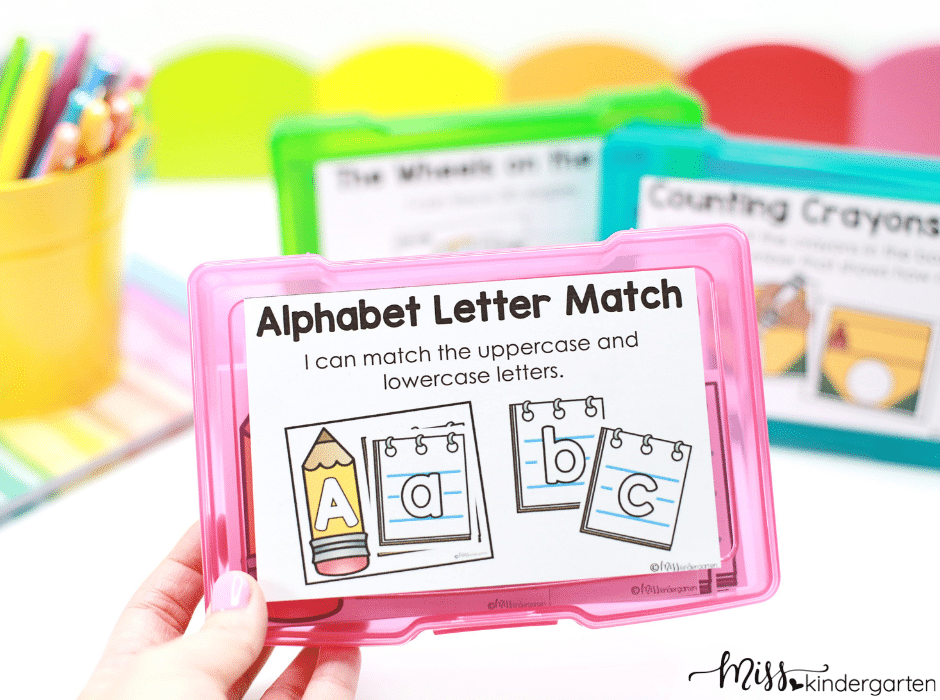
4. Use a Rotation System
It’s important for students to know which center to go to. This is completely up to you since you know your class best. You might decide to let students to rotate freely through the centers choices, but it’s helpful to give them more structure. You can use a pocket chart with a number that corresponds to each center and then put your students’ pictures next to each number. When it’s time to rotate, you can just move the numbers down and your students will know where to go next.
5. Decide What YOU Will Do During Centers
When you first introduce centers, I suggest not having anything else do to. This is a great time to walk around and make sure your students understand how centers work and be available to help them when needed. After a few weeks, this is the perfect time to pull small groups for extra help. You can have the teacher table listed as another station number so your students know when it’s time to go to you, or you can pull individual students from centers as you see fit. Whatever works best for you and your students!
How to Create Great Learning Centers for Kindergarten
Once you’ve made those first important decisions about how to set up your learning centers, it’s time to come up with the learning activities! This step can be a lot of work and definitely take some creativity and planning.
With everything else on your plate, it can be hard to muster up those creative juices, but don’t get discouraged! It can take several years to get your centers where you want them to be. Just keep in mind that you can switch things up anytime you see that it’s not working anymore. A good way to start is by prepping a few centers each month and soon your collection will grow.
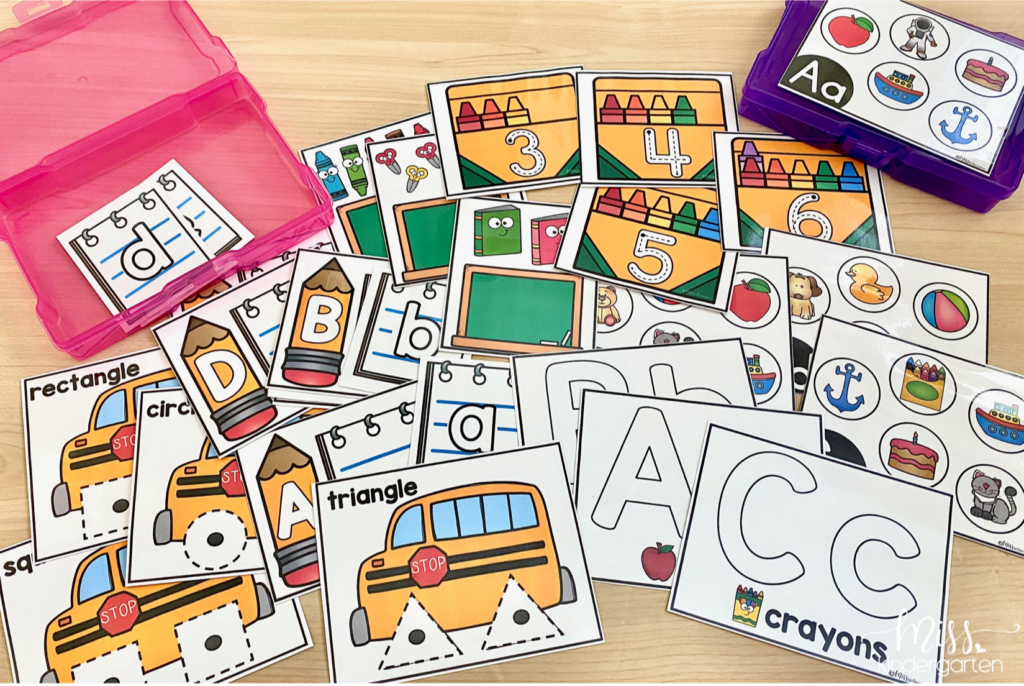
One of the hardest things about choosing the activities for your learning stations is finding appropriate, engaging centers that allow your students to work independently and stay on task. The last thing you need is your students to be wasting their time during centers time! When that happens, they won’t be able to complete the center and will likely not learn anything from the activity. Here are some tips to help you avoid this:
- Learning centers need to be changed often to keep your students engaged and on task. The skills can stay the same, but the presentation should be changed. Your students can practice sight words all year long, but they will get bored using the same sight word center all year long.
- Hands-on, play-based learning is always going to work best! Building words with blocks, dramatic play, using tweezers, etc.
- Make sure the activities you provide are differentiated and the appropriate level for your students.
- Use fun and engaging colors and clip art when possible.
- Keep the activities short so your students can complete a center in the time frame allotted.
- Don’t introduce new concepts during centers time. These activities should review concepts that students have already learned, which will allow them to work independently.
Printable Centers for Your Classroom
If you want to take the guesswork out of setting up kindergarten learning centers, I have you covered!
Over the years, I have created many kindergarten learning centers that students can use throughout the year. The activities are themed to keep up engagement and follow the typical sequence of what kindergarteners are learning each month.
The only extra supplies you will need are things that are already in your classroom (blocks, dice, tiny manipulatives, play dough, etc.) This means that these centers are not just a time-saver for you, they’re also packed with activities that kindergarten learners will truly enjoy.
You can find these ready-to-go Low-Prep Kindergarten Centers in my shop. They will help get you through the year without having to stress over planning what you’ll do for centers each month. They are also aligned with Common Core standards and differentiated for student abilities so you know your students will get the most out of their center time.
Low Prep Kindergarten Centers Year Long Bundle HALF OFF
Save These Kindergarten Learning Centers
Be sure to save this post if you’d like to come back to it later! Just add the pin below to your favorite teaching board on Pinterest. You’ll be able to quickly find these tips when you’re ready to get started with kindergarten learning centers.
